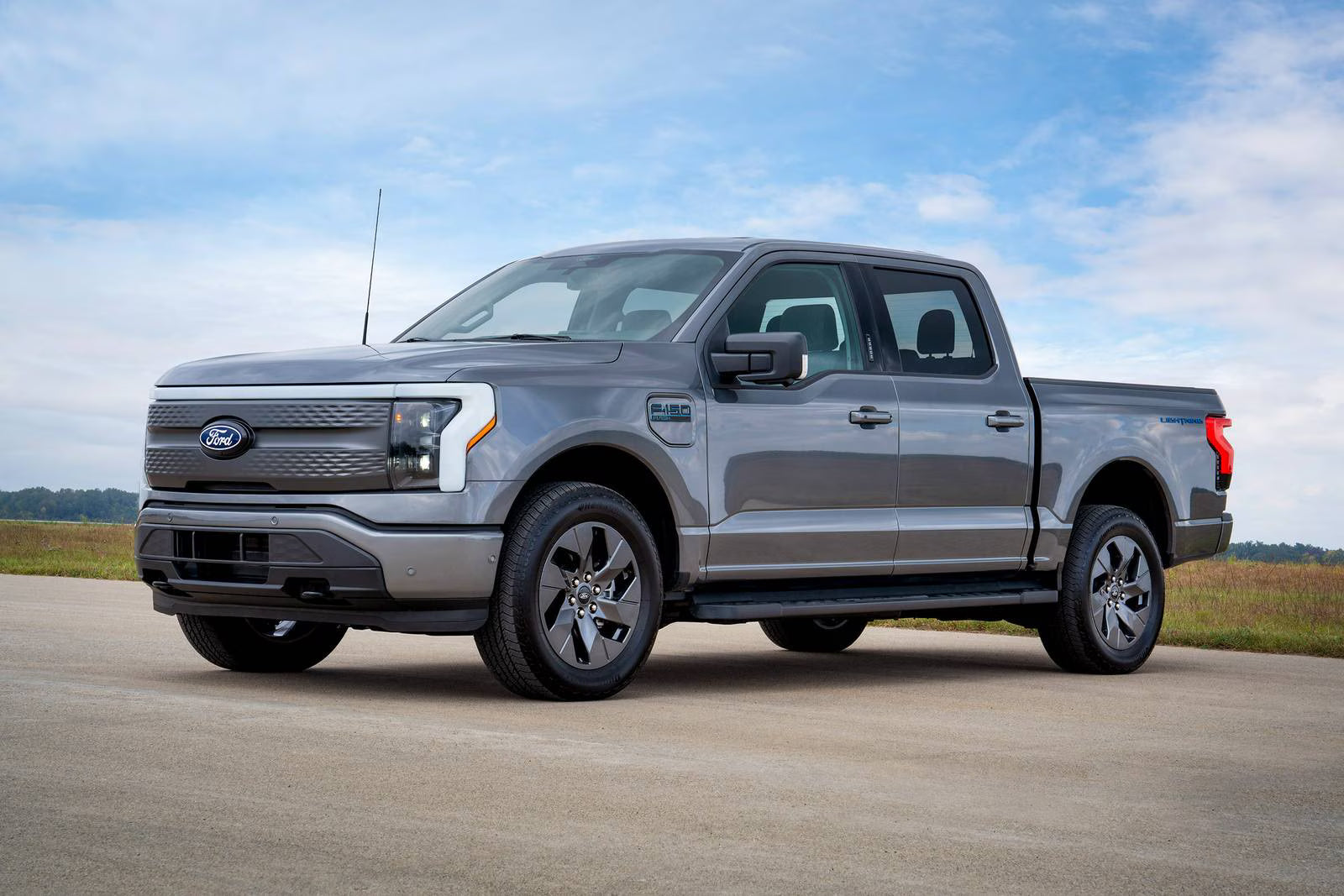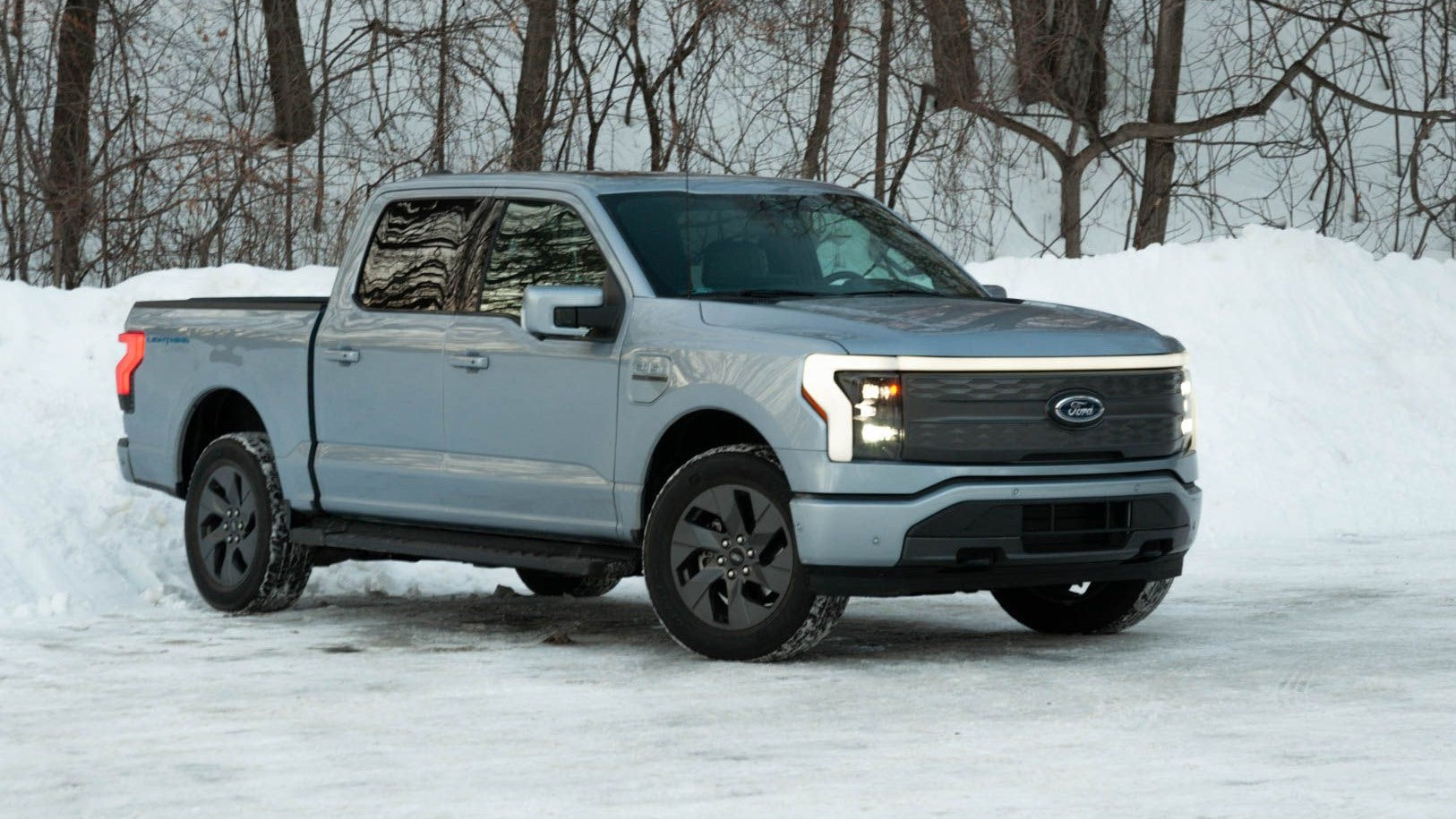The Highway Trust Fund (HTF)—the main federal source for funding our nation’s highways and mass transit—was once self-sustaining thanks to the federal gasoline tax. But as of mid‑2025, it’s on the brink of insolvency, with profound consequences for infrastructure, budgets, and American drivers.
⏳ Critical Warning: A Fast-Approaching Cliff
-
Projected depletion by mid‑2028. Recent reports confirm the HTF will run out of funds by 2028 unless Congress acts.
-
By that point, the HTF will face annual shortfalls of $40 billion, with a cumulative deficit exceeding $240 billion through 2033.
-
The CBO projects an even grimmer outlook: deficits ballooning to $135 billion by 2031, nearly $280 billion by 2034.
📉 Why the Trust Fund Failed — and When
-
Stagnant gas tax
The federal gasoline tax has been stuck at 18.4¢/gal since 1993. Inflation has halved its real value, undermining revenue. -
Fewer gallons sold
Improved fuel efficiency and the rise of EVs mean drivers buy less gas—impacting the revenue stream. -
Overspending
HTF outlays exceed revenues annually. In FY 2024, outlays reached $70.6 billion while receipts were just $42.5 billion, widening the structural deficit . -
Federal bailouts
Congress has patched the fund with $275 billion in general-fund transfers since 2008—masking the structural shortfall.
💸 The Cost to You
-
Without replenishment, state DOTs will face cutbacks or delays in key highway and transit projects .
-
Infrastructure deterioration could cost commuters thousands of hours and billions in productivity—and erode U.S. competitiveness, already ranked 17th globally in road quality.
-
Local economies and job creation are at risk as federal funding dries up.
🛣 Three Paths Forward
According to think tanks like Taxpayers for Common Sense, there are three options:
-
Increase general-fund transfers (essentially more federal borrowing)—unsustainable and unfair.
-
Raise user fees — via an indexed gas tax, tolling, mileage-based user fees (VMT), or EV fees.
-
Reduce spending — meaning fewer highway expansions and stricter prioritization.
🔧 What Congress Should Consider
-
Index the gas tax to inflation (e.g., raising to ~40¢/gal today).
-
Expand modern user fees like VMT or road-use tolling for equity.
-
Apply targeted EV fees while broader pricing reforms transition in.
-
Engage stakeholders across regions and road users, not just state highway lobbyists—which already demand $400 billion for 2026–2031 while revenues cap at $190 billion .
✅ Conclusion: An Infrastructure Reckoning Is Overdue
The Highway Trust Fund’s insolvency isn’t a distant threat—it’s a financial reality with major implications for national mobility and safety. Policymakers must stop papering over the problem with general-fund bailouts and take bold, transparent action:
-
Adjust user fees for today’s economy.
-
Tie revenue to usage.
-
Be strategic in road and transit investment.
Without structural reform, Americans can expect longer commutes, slower networks, and crumbling roads—ironic for a country built on its highways. The time to fix the funding model is now—and it needs to be fair, forward‑looking, and built for 21st-century transport challenges.
Recommend Reading: Understanding the Inflation Reduction Act (IRA) Tax Incentives for Electric Vehicles and Clean Energy








Share:
Range vs. Horsepower: What Really Matters in a Luxury EV SUV?
How Far Does a Ford Mustang Mach-E Go on a Full Charge?